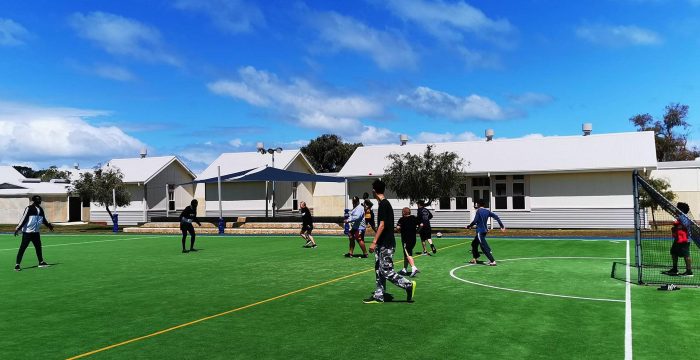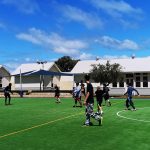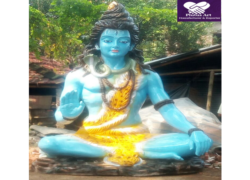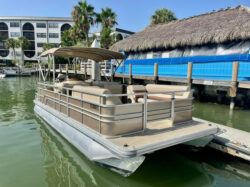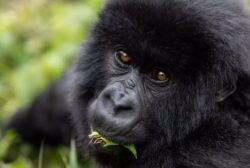Exploring the World of Disability Sport and Recreation
In an increasingly diverse and inclusive world, the importance of equal access to sports and recreation for people with disabilities cannot be overstated. Disability sport and recreation not only promote physical health and well-being but also foster social inclusion, self-esteem, and a sense of belonging. In this article, we’ll delve into the fascinating and inspiring world of disability sport and recreation, exploring its benefits, challenges, and the incredible individuals who have broken barriers in the pursuit of their athletic passions.
The Power of Sports and Recreation for People with Disabilities
1. Physical Health and Well-being
For individuals with disabilities, participating in sports and recreational activities can have numerous physical health benefits. These activities improve cardiovascular fitness, build strength and endurance, and enhance flexibility and coordination. Whether it’s swimming, wheelchair basketball, or adaptive yoga, engaging in sports can help individuals with disabilities maintain and improve their physical health.
2. Mental Health and Emotional Well-being
Sports and recreation also have a profound impact on mental health. Regular physical activity releases endorphins, which can reduce symptoms of depression and anxiety. Moreover, being part of a sports team or community can boost self-esteem, increase self-confidence, and provide a sense of purpose.
3. Social Inclusion and Community Building
Disability sport and recreation are powerful tools for fostering social inclusion and community building. These activities bring people with disabilities together, allowing them to connect with others who share similar experiences and challenges. This sense of belonging is invaluable for individuals who may have previously felt isolated.
4. Breaking Stereotypes and Changing Perceptions
Disabled athletes and participants in disability sports have shattered stereotypes and challenged societal perceptions of what people with disabilities can achieve. Their achievements serve as powerful examples of resilience, determination, and the human spirit’s indomitable nature.
The Evolution of Disability Sport
1. Historical Overview
Disability sport has a rich history dating back to ancient civilizations. For instance, the Greeks organized events for disabled athletes during the early Olympic Games. However, it wasn’t until the mid-20th century that disability sports began to gain broader recognition.
2. Paralympic Movement
The Paralympic Games, established in 1960 in Rome, marked a significant milestone in the evolution of disability sport. These games brought together athletes with a wide range of disabilities to compete at an elite level. Today, the Paralympics are a global phenomenon, showcasing the incredible talent and dedication of disabled athletes.
3. Inclusivity and Adapted Sports
In addition to the Paralympics, there has been a growing emphasis on inclusivity in sports and recreation. Many sports organizations have developed adapted versions of popular sports, such as wheelchair basketball, sitting volleyball, and adaptive skiing. These adaptations allow individuals with disabilities to participate fully and compete at their best.
Notable Disability Sports and Their Impact
1. Wheelchair Basketball
Wheelchair basketball is one of the most popular and widely recognized disability sports. Players use specially designed wheelchairs to navigate the court and compete with remarkable speed and agility. This sport has a strong international following and is a key feature of the Paralympic Games.
2. Sitting Volleyball
Sitting volleyball is another exciting Disability Services Providers WA that has gained popularity. It closely resembles traditional volleyball but is adapted for athletes who have difficulty standing or moving without assistance. This sport requires quick reflexes and teamwork, making it an exhilarating spectator experience.
3. Adaptive Skiing
Adaptive skiing allows individuals with mobility impairments to experience the thrill of skiing down snow-covered slopes. Adaptive equipment, such as sit-skis, outriggers, and ski frames, enables skiers to navigate various terrains with confidence. Ski resorts around the world now offer adaptive skiing programs, making this winter sport accessible to all.
4. Goalball
Goalball is a unique sport specifically designed for athletes with visual impairments. Players compete on an indoor court, wearing blindfolds to ensure a level playing field. The objective is to roll a ball with bells inside it into the opponent’s goal, relying on auditory cues to defend and score goals.
Challenges and Barriers
While the world of disability sport and recreation has made significant progress, there are still challenges and barriers that need to be addressed:
1. Access to Facilities and Equipment
One of the primary challenges is ensuring that individuals with disabilities have access to suitable facilities and adaptive equipment. This includes not only sports venues but also accessible transportation and accommodation for athletes traveling to events.
2. Awareness and Funding
Disability sport often struggles to gain the same level of attention and funding as mainstream sports. Raising awareness and securing financial support are ongoing challenges for organizations and athletes in the disability sports community.
3. Stigma and Misconceptions
Deep-seated societal misconceptions and stereotypes about disability can still create barriers for athletes. These stereotypes can lead to discrimination, lack of opportunities, and limited media coverage for disabled athletes.
4. Inclusivity in Education
Education systems must also embrace inclusivity in physical education programs and extracurricular sports. Ensuring that children with disabilities have equal access to sports and recreation activities from a young age is crucial for building a future generation of disabled athletes.
Inspirational Athletes and Stories
The world of disability sport is filled with incredible athletes who have overcome adversity and achieved remarkable success:
1. Tatyana McFadden
Tatyana McFadden, a Paralympic track and field athlete, has won numerous medals and accolades throughout her career. Born with spina bifida, she has shown the world that wheelchair racing can be just as thrilling and competitive as its able-bodied counterpart.
2. Daniel Dias
Daniel Dias, a Brazilian Paralympic swimmer, is widely regarded as one of the greatest Paralympic athletes of all time. Despite being born with congenital limb deficiencies, Dias has broken countless world records and won numerous gold medals in swimming events.
3. Jessica Long
Jessica Long, a U.S. Paralympic swimmer, was adopted from Russia at a young age. She has gone on to become one of the most decorated Paralympians in history, with numerous gold medals to her name. Her story of resilience and triumph is an inspiration to many.
Inclusive Recreation for All
In addition to competitive sports, inclusive recreation activities provide opportunities for individuals with disabilities to enjoy the benefits of physical activity and social interaction:
1. Adaptive Yoga
Adaptive yoga classes are tailored to accommodate individuals with diverse physical abilities. Participants can experience the physical and mental benefits of yoga while adapting poses to their specific needs.
2. Handcycling
Handcycling is a fantastic recreational activity for individuals with lower limb disabilities. These specialized bikes are propelled using the hands and provide an exhilarating outdoor experience.
3. Dance and Movement Classes
Dance and movement classes, such as wheelchair dance and adaptive dance, allow individuals with disabilities to express themselves through creative movement and music.
4. Accessible Hiking and Nature Trails
Many parks and nature reserves now offer accessible hiking trails, making it possible for people with disabilities to enjoy the beauty of the great outdoors.
The Role of Advocacy and Awareness
Advocacy and awareness play a crucial role in advancing the cause of disability sport and recreation:
1. Promoting Inclusivity
Advocacy groups and organizations work tirelessly to promote inclusivity in sports and recreation. They lobby for better facilities, increased funding, and changes in public perception.
2. Educational Programs
Educational programs aimed at raising awareness about disability and promoting inclusivity are essential. Schools, community centers, and sports organizations can all play a part in educating the public and breaking down stereotypes.
3. Media Representation
Increased media representation of disabled athletes and their stories can help challenge stereotypes and highlight the achievements of these remarkable individuals.
Conclusion
The world of Disability Support Services Western Australia is a testament to the resilience, determination, and boundless potential of individuals with disabilities. It offers physical and mental health benefits, fosters social inclusion, and inspires us with incredible stories of triumph over adversity. As we continue to break down barriers and promote inclusivity, disability sport and recreation will play an increasingly vital role in ensuring that everyone, regardless of their abilities, can lead an active and fulfilling life. So, let us celebrate the achievements of disabled athletes and work together to create a world where sports and recreation truly are inclusive for all.
